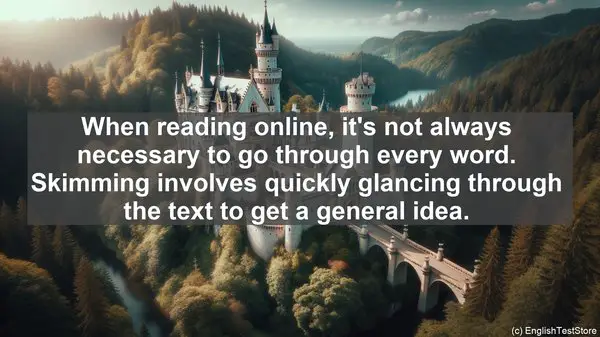Introduction: The Importance of Digital Reading Skills
In today’s digital world, reading has taken a new form. Whether it’s online articles, e-books, or even social media posts, the ability to read effectively in a digital format is crucial. It not only helps us gather information but also improves our overall language proficiency. So, let’s dive into the top 10 techniques that will make you a pro at digital reading!
1. Skimming and Scanning
When reading online, it’s not always necessary to go through every word. Skimming involves quickly glancing through the text to get a general idea. On the other hand, scanning is about looking for specific information. Mastering these techniques saves time and helps in finding relevant details efficiently.
2. Active Reading
Unlike traditional reading, where we might be passive, digital reading demands our active engagement. This means highlighting important points, taking notes, or even discussing the content with others. Such active reading ensures better comprehension and retention.

3. Utilizing Digital Tools
The digital realm offers a plethora of tools to aid our reading. From dictionary extensions that provide instant definitions to annotation tools that allow us to mark important sections, using these tools enhances our reading experience and understanding.
4. Managing Distractions
One of the challenges of digital reading is the abundance of distractions. Notifications, ads, or even unrelated links can divert our attention. It’s essential to create a distraction-free environment by turning off notifications and using browser extensions that block ads.
5. Understanding Hyperlinks
Hyperlinks are an integral part of digital reading. They can provide additional context or take us to related resources. When encountering a hyperlink, it’s crucial to evaluate its relevance and decide whether to click on it immediately or continue reading and come back to it later.
6. Adapting Reading Speed
Digital reading often requires us to adjust our reading speed. For instance, when skimming, we read faster, while for in-depth comprehension, we might slow down. Being flexible with our reading speed helps us navigate through different types of digital content effectively.

7. Engaging with Multimedia
Unlike traditional text, digital content often includes multimedia elements like images, videos, or infographics. Engaging with these elements not only makes the reading experience more enjoyable but also aids in better understanding and retention of information.
8. Collaborative Reading
Digital platforms enable us to connect and collaborate with other readers. Joining online communities or participating in discussions about the content we read not only exposes us to diverse perspectives but also enhances our critical thinking and analysis skills.
9. Staying Updated with Online Resources
The digital world is ever-evolving, and so is the content it offers. To be a proficient digital reader, it’s essential to stay updated with the latest online resources, be it reputable news websites, educational platforms, or even blogs by subject matter experts.
10. Reflecting and Reviewing
After reading a digital text, taking some time to reflect on the content and reviewing the main points helps solidify our understanding. It’s also an opportunity to identify any areas that need further exploration or clarification.


















